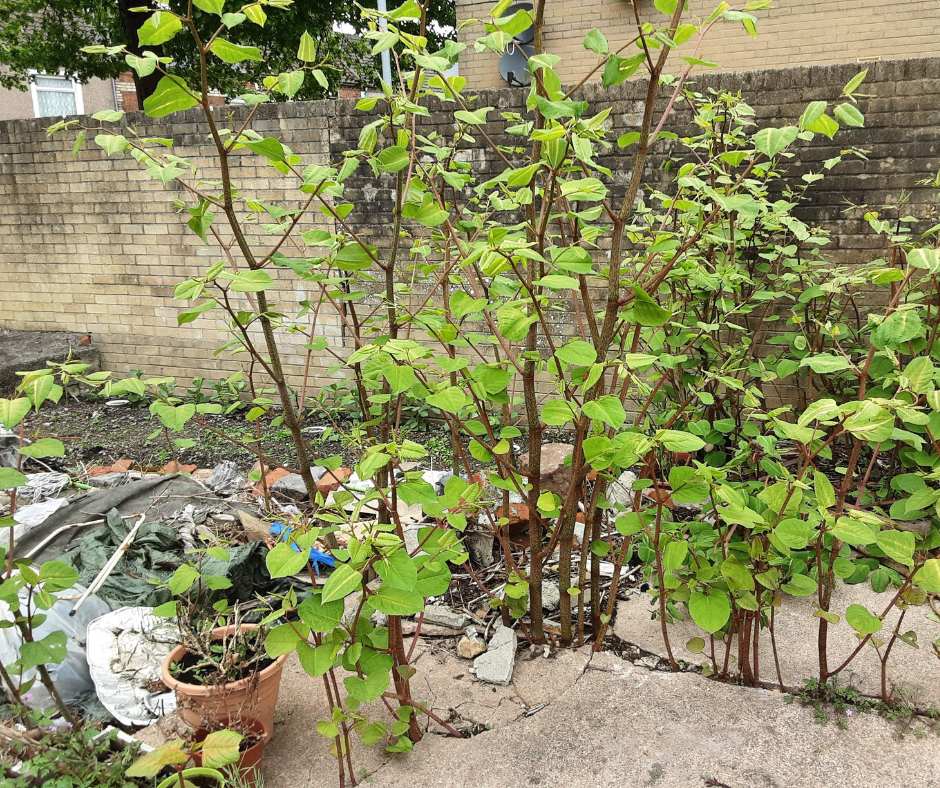Question: Why are Japanese Knotweed roots important in its spread and resilience?
Answer: The extensive and robust root system of Japanese Knotweed, capable of spreading wide and deep, is key to its rapid spread and resilience, allowing it to regenerate from small root fragments
A Closer Look:
The extensive and robust root system of Japanese Knotweed (Fallopia japonica) is central to its rapid spread and remarkable resilience. These roots, or rhizomes, can extend up to 2 meters deep and spread horizontally up to 7 meters from the main plant. This vast underground network allows the plant to access nutrients and water from a wide area, supporting its vigorous growth and ability to outcompete native vegetation.
The resilience of Japanese Knotweed is further enhanced by its ability to regenerate from small root fragments. Even tiny pieces of rhizome left in the soil can sprout new plants, making eradication extremely challenging. This regenerative capability means that any attempt to remove the plant must be thorough, ensuring that no fragments are left behind to prevent re-establishment. Understanding the critical role of the root system in the plant’s lifecycle is essential for developing effective management and control strategies
To find out more about our knotweed solutions speak to the team.


